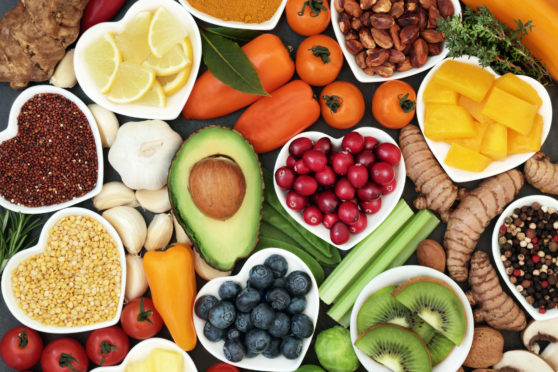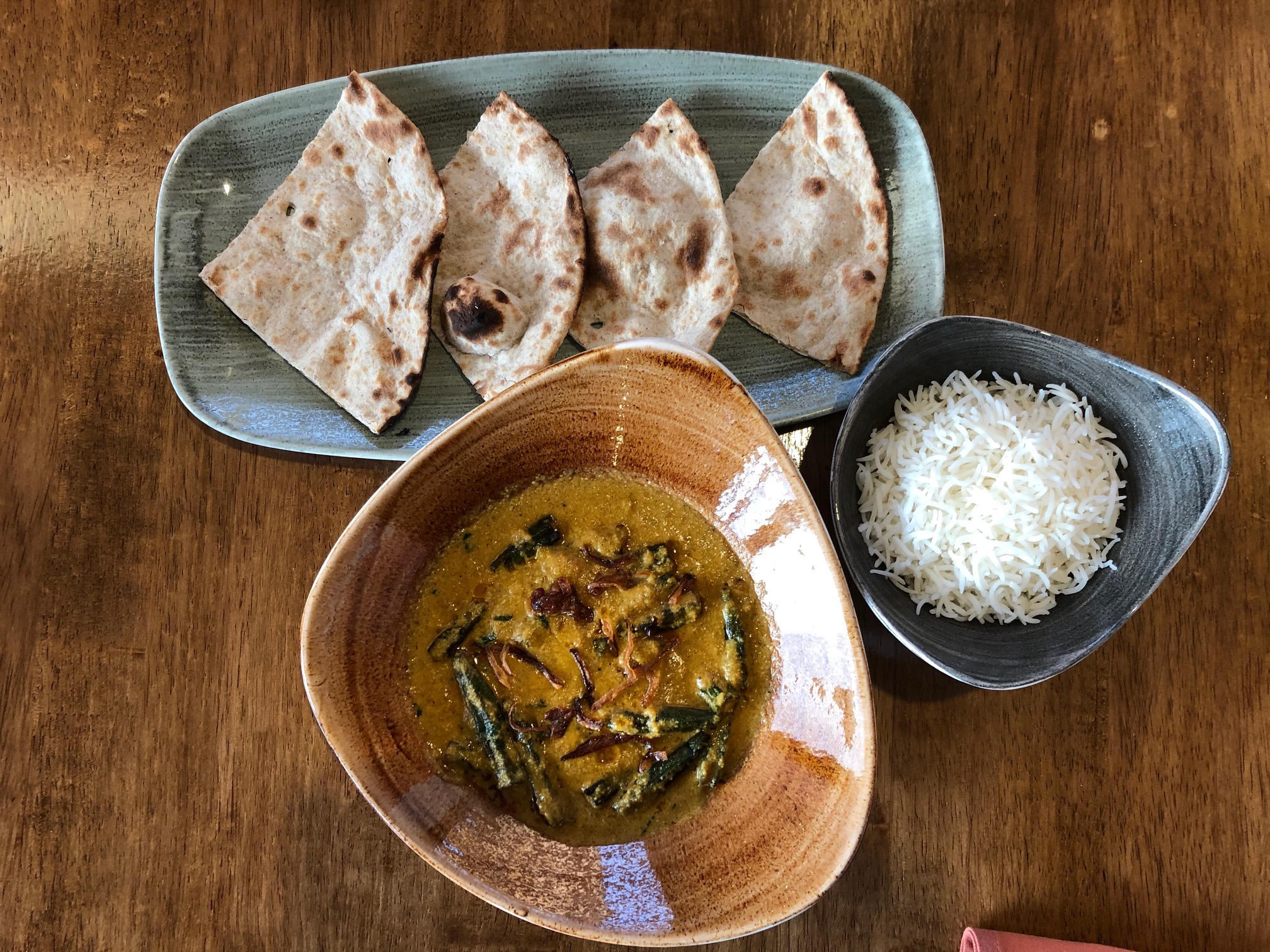
It’s halfway through Vegetarian Awareness month and lots of restaurants around Scotland and beyond are celebrating by tucking into some fresh veggies.
As the cold nights begin to close in and we look forward to a warm plate of veggie broth, here are some fast facts about our dear greens…
Vegetarian food in Scotland has come far since Hendersons opened in Edinburgh in 1962 but did you know Glasgow was where the Scottish Vegetarian society was founded in 1893?
The Scottish Vegetarian Society held its first annual banquet in the Garden Vegetarian Restaurant, Bothwell Street, with 55 ladies and gents sitting down to dinner of Soups – Hotch potch, brown lentil; Savouries – Savoury rice fritters, haricot rolls, tomato pudding, green peas and curried rice; Sauces – Tomato, brown gravy, curry; Vegetables – Sprouts, peas, haricots, rice, tomatoes, cabbage, carrot, potatoes, turnip; Sweets – Garden pudding, fig pudding, apple tart, pineapple, figs, apples, green figs, prunes, raisins.
The very first Vegetarian Society was formed in 1847 in England and members wanted to dispel the common belief that it’s not possible to lead a healthy life without eating meat.
There are of course, varying degrees of vegetarianism. The strictest of veggies not only steer clear of all forms of meat, they also avoid all animal products, including honey (bees are often killed in the production of honey), and foods which might contain traces of animal products, including bread baked in buttered tins and sugar to which bone charcoal has been added (to make it white).
Vegetarianism also branches out into Fruitarianism. Remember the scene in Notting Hill where William Thacker (Hugh Grant) goes on a blind date with a slightly off-the-wall “fruitarian”?
Fruitarianism is a very real form of vegetarianism, where the diet consists of fruit, nuts, seeds and other plant material that can be gathered without killing the plant (e.g. pears can be picked without killing the plant, carrots cannot).
Vegetarianism has traditionally been linked to the people of ancient India who have a principle of non violence towards animals. Today, Indians make up more than 70 percent of the world’s vegetarian population.
To celebrate, restaurants like Glasgow’s Dhabba in Candleriggs will be serving up Mughlai Bhindi a popular okra dish from the rich and diverse Mughlai cuisine.
Okra, onion, tomato, ginger garlic, Garamond masala, melon seeds, fennel, red chilli, black pepper and cumin are combined in the £10.95 dish which dates back to the era of Mughal rule in India and refers to the recipes that were a part of the royal kitchen.
Controversially, Adolf Hitler was a vegetarian during the latter part of his life. He is said to have predicted that the world of the future would be vegetarian. Records show that Hitler amused himself by telling grim stories of slaughterhouses while entertaining meat-eating guests.
When they were put off their food, he would mock them for their hypocrisy. He apparently remarked: “That shows how cowardly people are. They can’t face doing certain horrible things themselves, but they enjoy the benefits without a pang of conscience.”
One of the first and most famous vegetarians was the Greek philosopher and mathematician Pythagoras (best known for the Pythagorean theorem), who lived during the sixth century BCE.
The term “Pythagorean diet” was commonly used for a plant-based diet until the term “vegetarian” was coined in the nineteenth century.
The benefits of vegetarianism are multifold. Scientific studies have repeatedly shown that a vegetarian diet increases the body’s metabolism, helping the body to burn fat and calories up to sixteen percent faster than the body of someone who eats meat.
British researchers have found that children’s IQ predicts their likelihood of becoming vegetarians as young adults, lowering their risk for cardiovascular disease in the process. The higher the IQ, the more likely the child will become a vegetarian.
There are a number of sub-categories of vegetarianism. An ovo-vegetarian will eat eggs but no other dairy products. A lacto-vegetarian will eat dairy products but not eggs. An ovo-lacto vegetarian diet includes both eggs and dairy products.

Enjoy the convenience of having The Sunday Post delivered as a digital ePaper straight to your smartphone, tablet or computer.
Subscribe for only £5.49 a month and enjoy all the benefits of the printed paper as a digital replica.
Subscribe